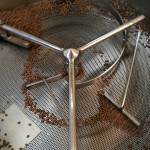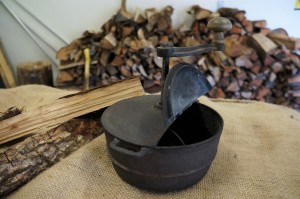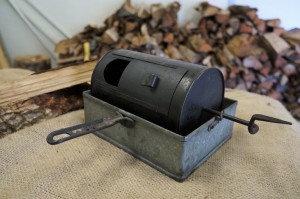Roasting history: Wood-fire, the West, and Reno
There’s a special mix of old and new in Reno. It’s one of my favorite things about this place. When I started roasting coffee, they were still driving cattle through town for the rodeo. If you look at the explosion of growth in the Midtown area, you’ll see a huge number of old buildings brought beautifully into the 21st century. We’re seeing tech giants like Tesla and Apple coming to our fair city to complement the gaming we were built on. This blend of old and new is reflected in all aspects of Reno’s culture, and roasting coffee over a wood fire perfectly exemplifies it.
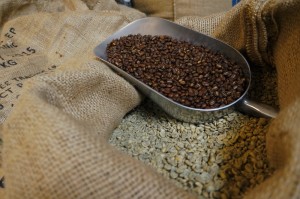
Until the mid nineteenth century, most coffee was sold green and needed to be roasted by consumers before they could brew it. The green beans are better for shipping and storing because they keep longer and take up less space than roasted beans. With significantly slower and more costly shipping than we enjoy now, not to mention inferior storage methods, spoilage and maximizing capacity were both big concerns. There was also the concern of early commercial roasters cutting their roasted and pre-ground coffee with cereal substitutes, which helped keep hearth roasting coffee over wood fires the standard into the twentieth century, particularly outside of major cities.
Since the sixteenth century, in Italy it was common to see your neighbors out roasting coffee on their patios. The tradition crossed borders, the oceans, and time. Even today many people roast their own coffee at home still; although roasting over a wood fire is rare. Below are some examples of home hearth roasters I have hanging around the roastery.
This old-world appeal is part of why I enjoy wood-fire roasting today and why I thought it would be a natural fit in the Biggest Little City. Of course, I use a wood-fire roaster that handles quite a bit more coffee, about 35 pounds per batch to be precise. 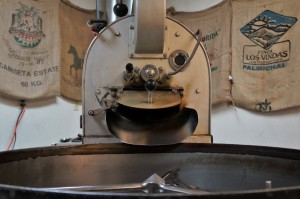 The roaster does a much better job of heating the beans evenly than the old, hand-cranked models above, utilizing convection and conduction for a better roast, but it still maintains that old-world flair I love.
The roaster does a much better job of heating the beans evenly than the old, hand-cranked models above, utilizing convection and conduction for a better roast, but it still maintains that old-world flair I love.
To me, the difference between gas-powered roasters and wood-fire roasters is a bit like the difference between digital and analog. There’s an artistry and nuance in the latter that the former does not allow. I like the temperature dynamic of wood-fire roasting. The beans get directly exposed to the smoke, too, which softens the flavor. This effect is more pronounced in darker roasts and assists in coaxing flavors out of the bean.
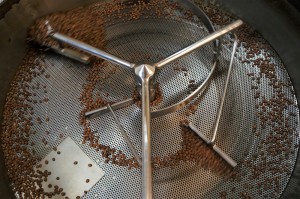 A smaller roaster allows me to tend to each batch individually, making adjustments for each kind of bean and what state it’s starting in. Using a wood fire that demands my attention during the roasting process also keeps me in close touch with beans as they roast. This is where the art of it comes in. By design, this isn’t a mass-produced, conveyor-belt kind of operation.
A smaller roaster allows me to tend to each batch individually, making adjustments for each kind of bean and what state it’s starting in. Using a wood fire that demands my attention during the roasting process also keeps me in close touch with beans as they roast. This is where the art of it comes in. By design, this isn’t a mass-produced, conveyor-belt kind of operation.
Roasting over a wood fire may make me a black sheep in the world of coffee, but that fits my style just fine, and I think it fits Reno’s style even better.



